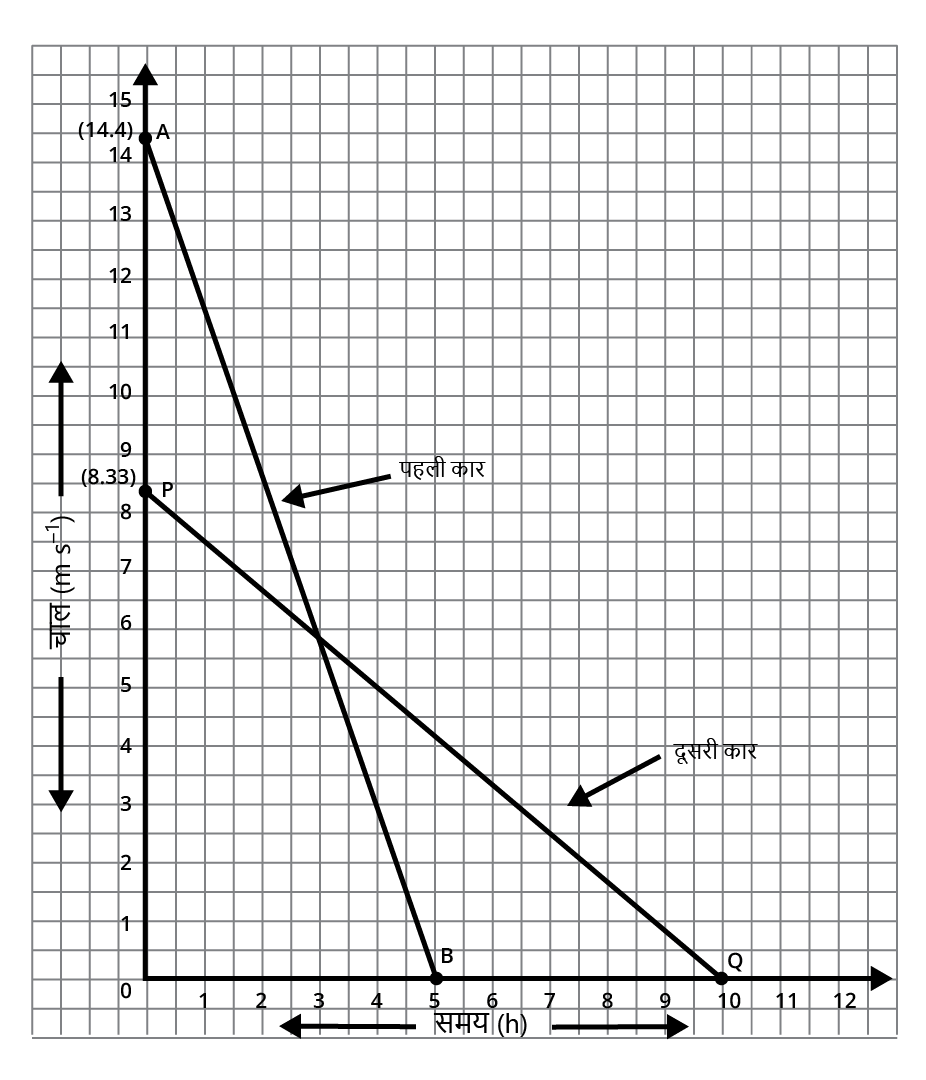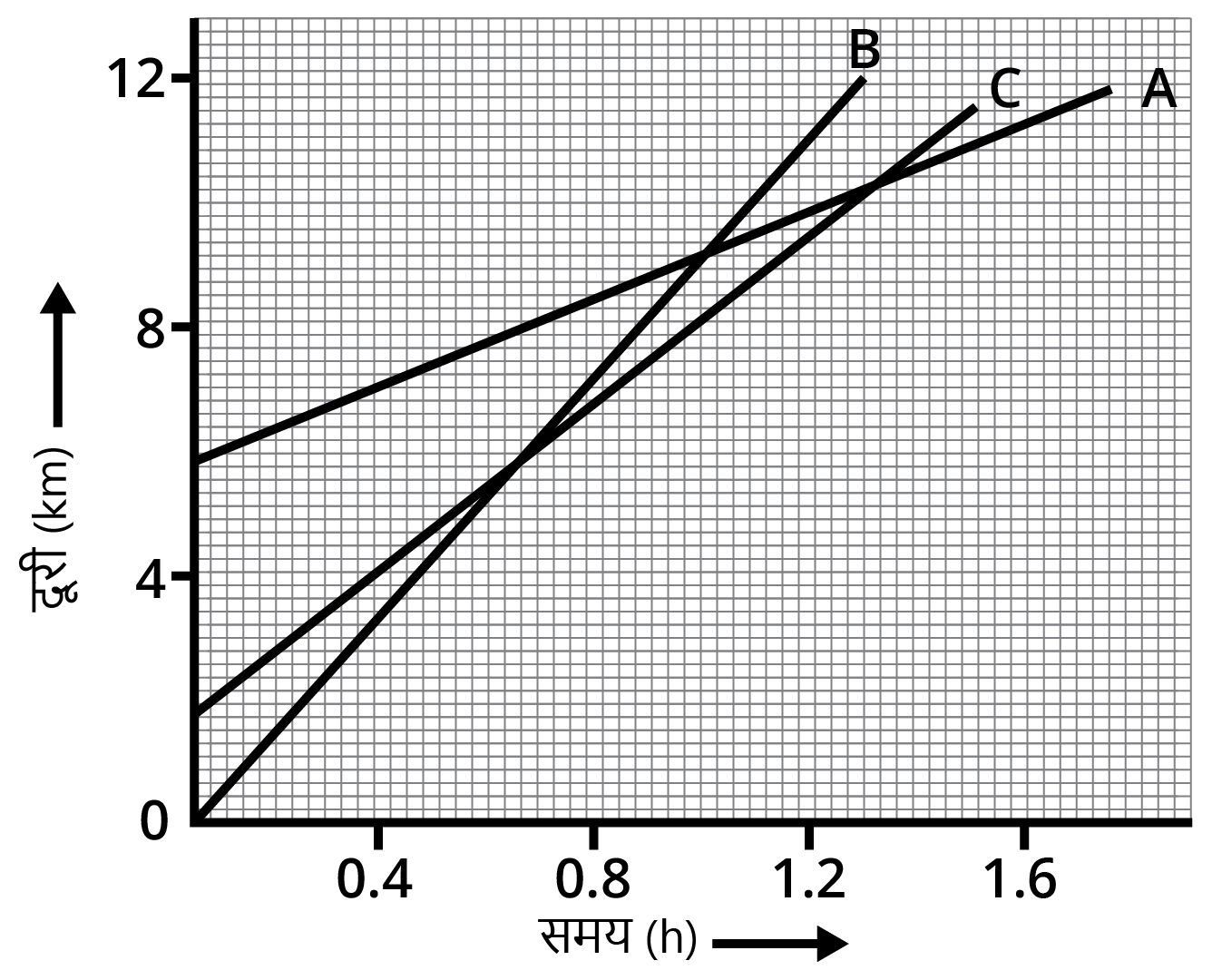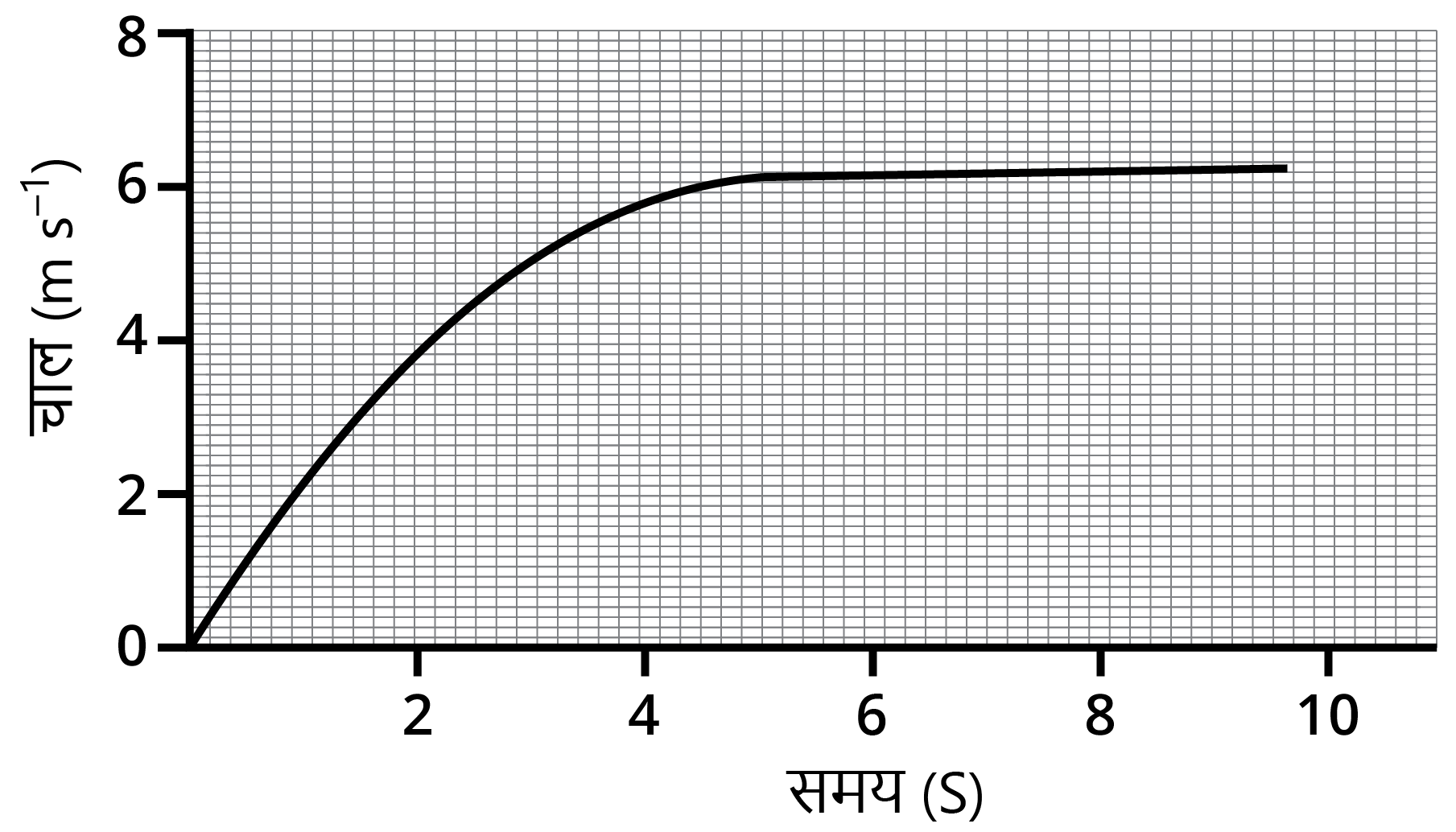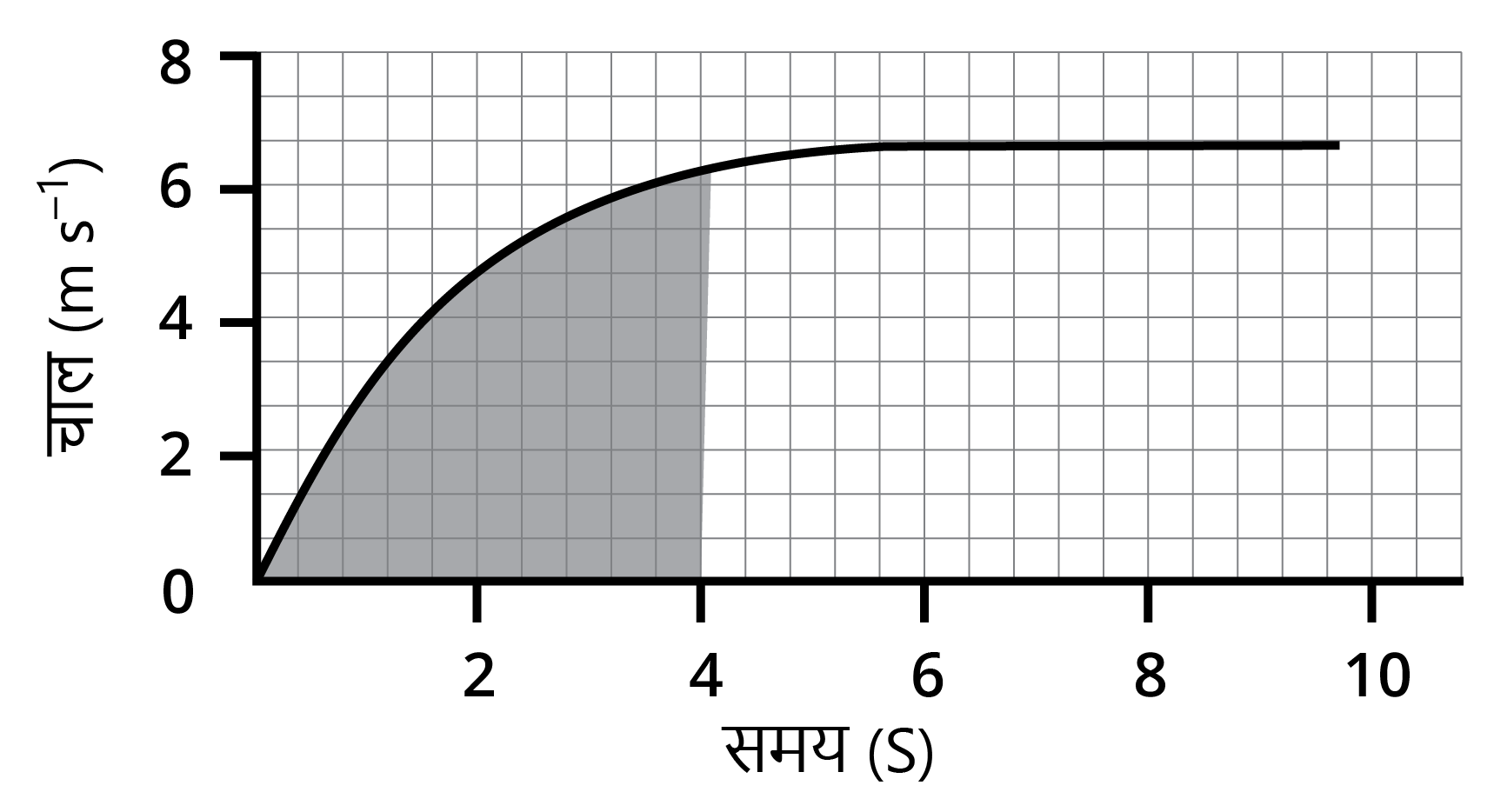NCERT Solutions For Class 9 Science Chapter 8 Motion in Hindi - 2025-26
NCERT Solutions For Class 9 Science Chapter 8 Motion in Hindi - 2025-26
FAQs on NCERT Solutions For Class 9 Science Chapter 8 Motion in Hindi - 2025-26
1. Where can I find complete and accurate NCERT Solutions for Class 9 Science Chapter 8, Motion?
You can find comprehensive NCERT Solutions for Class 9 Science Chapter 8 (Motion) on Vedantu, prepared by subject experts for the 2025-26 academic session. These solutions cover all in-text and end-of-chapter exercise questions with detailed, step-by-step explanations to ensure clarity and adherence to the CBSE marking scheme.
2. Do these NCERT solutions cover all the numerical problems, including those from specific pages like page 112?
Yes, the NCERT Solutions for Chapter 8 are exhaustive. They provide a detailed, question-by-question breakdown for every problem in the textbook, including the exercises found on pages 102, 103, 107, 110, and the final chapter-end exercises on pages 112 and 113. Each solution demonstrates the correct method to arrive at the answer.
3. Why is a step-by-step approach, as shown in the NCERT solutions, important for solving problems based on the three equations of motion?
A step-by-step approach is crucial for solving problems involving the equations of motion (v = u + at, s = ut + ½at², 2as = v² - u²). The solutions demonstrate how to:
- List all given variables (like u, v, a, t, s).
- Identify the correct equation based on the known and unknown variables.
- Substitute the values correctly with proper units.
- Present the final answer as per the CBSE guidelines.
4. How do the NCERT solutions help in correctly solving problems that differentiate between distance and displacement?
The solutions clarify this key concept by providing distinct solving methods. For distance, they show how to calculate the total path length covered. For displacement, the solutions focus on finding the shortest straight-line path between the start and end points, often using diagrams or simple geometry. This helps you understand and apply the correct logic for different scenarios.
5. How can I use the NCERT solutions to master the graphical representation of motion questions?
Use the solutions to understand the logic behind the graphs. Pay close attention to how the solutions explain the calculation of the slope in distance-time graphs (to find speed) and velocity-time graphs (to find acceleration). The solutions also clearly illustrate how the area under a velocity-time graph is calculated to determine the displacement, helping you master this important topic.
6. Is it necessary to practise every single question provided in the NCERT textbook for Chapter 8?
Yes, practising every question is highly recommended. The NCERT textbook for Chapter 8 has a variety of questions that test your understanding of definitions, formulas, graphical interpretations, and numerical problems on uniform and non-uniform motion. Using the solutions to solve them all ensures a complete and thorough preparation for exams.
7. My calculated answer for an acceleration problem is correct, but I still lose marks. How can the provided NCERT solutions help prevent this?
This usually happens due to incorrect units or missing steps in your working. The NCERT solutions for Chapter 8 strictly follow the CBSE pattern, emphasising the inclusion of correct SI units (e.g., m/s for velocity, m/s² for acceleration) and showing all logical steps. Following this format helps ensure you don't lose marks for technical inaccuracies.
8. What types of questions are solved in the NCERT Solutions for Class 9 Science Chapter 8?
The solutions provide detailed answers for all question types in Chapter 8, including:
- Theoretical questions defining terms like velocity, acceleration, and uniform circular motion.
- Numerical problems on calculating speed, average velocity, and acceleration.
- Complex problems requiring the application of the three equations of motion.
- Questions based on the interpretation and analysis of distance-time and velocity-time graphs.




















 Watch Video
Watch Video

















